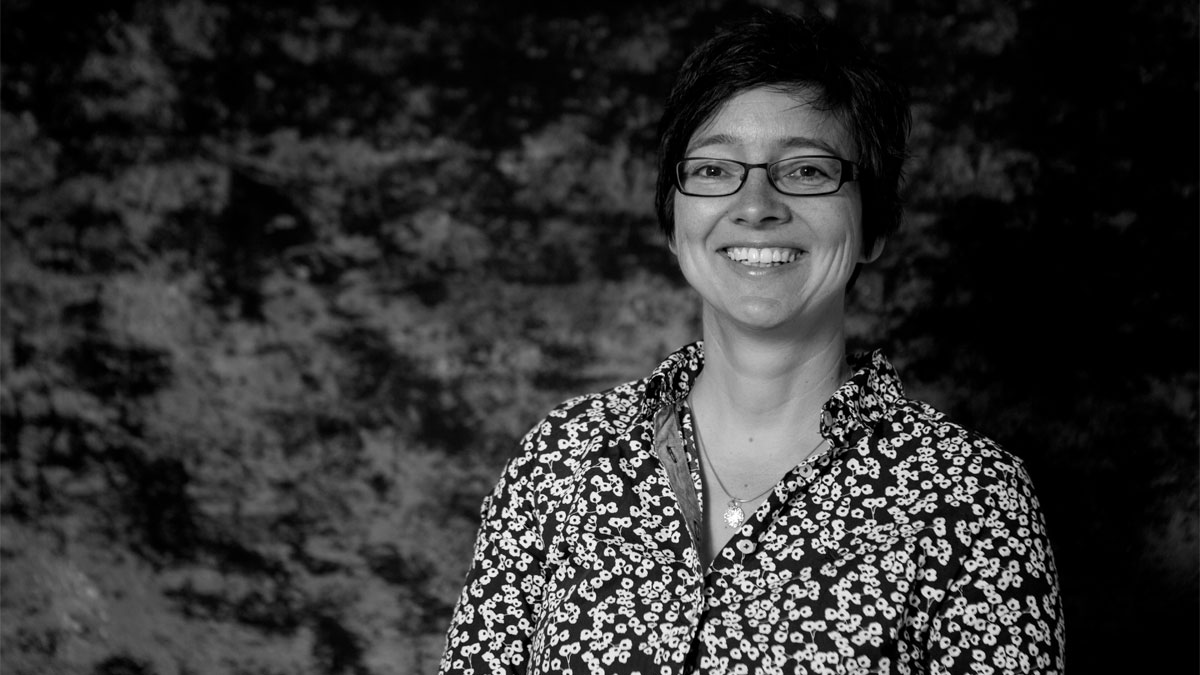Migration and cultural integration in Britain are a dominant focus for media outlets that sometimes seem to push an "us versus them" narrative. Anxieties about migration have been cited as reasons for the recent Brexit vote and shape debates about accepting refugees into the UK. However, research from Professor Hella Eckardt shows that the UK has been home to a diverse population since at least the Roman period.
Migration is a personal topic for Hella. Her grandparents were refugees from Estonia, and she herself migrated to the UK from Germany. As an expert in Roman artefacts, Hella was curious about what objects from Roman Britain could tell us about mobility and migration – do exotic objects always mean that the person buried with them was foreign?
Working with two colleagues – Reading archaeologists Professor Mary Lewis and Dr Gundula Müldner – Hella applied a new scientific technique to Romano-British skeletons to determine their origin. The technique looks at chemical signatures in teeth (isotopic signatures); these signatures reflect the climate, water and food that a person consumes in childhood, and can tell us where he or she originally came from. They can show that while a person may appear, archaeologically, to be foreign, they may in fact have been born in Roman Britain – proving that we cannot make assumptions about where a person is from.
"What this enables you to do is actually play-off the archaeological cultural impression against geographical origin. I don't believe that where a person comes from is the most important thing about them, but if I know where they come from and what objects they're buried with, then I can say something about who they were."
